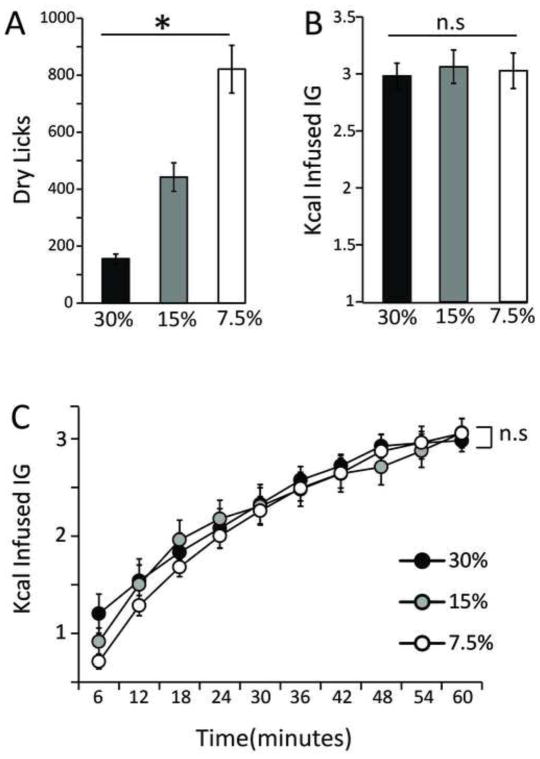Figure 2. Fat self-administration responses are under the control of caloric density.
Previous to each daily 1 h session, the emulsion was prepared at a caloric density that had been determined from a random sequence (so that the concentration being infused could not be predicted by the animal). A. Mice (N=16) increased the numbers of dry licks in response to proportional decreases in the caloric density of the infusate (one-way RM-ANOVA infusate concentration effect F[2,30]=45.9, *p<0.0001). B. Accordingly, changes in dry licking were aimed at compensating for the variations in the infusate’s caloric density, so that overall caloric intake is maintained irrespective of the infusate’s density (one-way RM-ANOVA infusate concentration effect F[2,30]=0.25, p=0.77). C. The compensatory adjustments were rapidly met and closely maintained throughout the entire session. Analysis of the timecourses associated with the amounts of calories self-infused (split into 6-minutes bins) reveal that caloric compensation is met within the initial 6 minutes and is maintained throughout the behavioral sessions (two-way RM-ANOVA, effect of infusate concentration F[2,450]=1.3, p=0.26; effect of time F[9,450]=53.4, p<0.001; concentration × time effect F[18,450]=0.4, p=0.98). n.s. = statistically non-significant.

